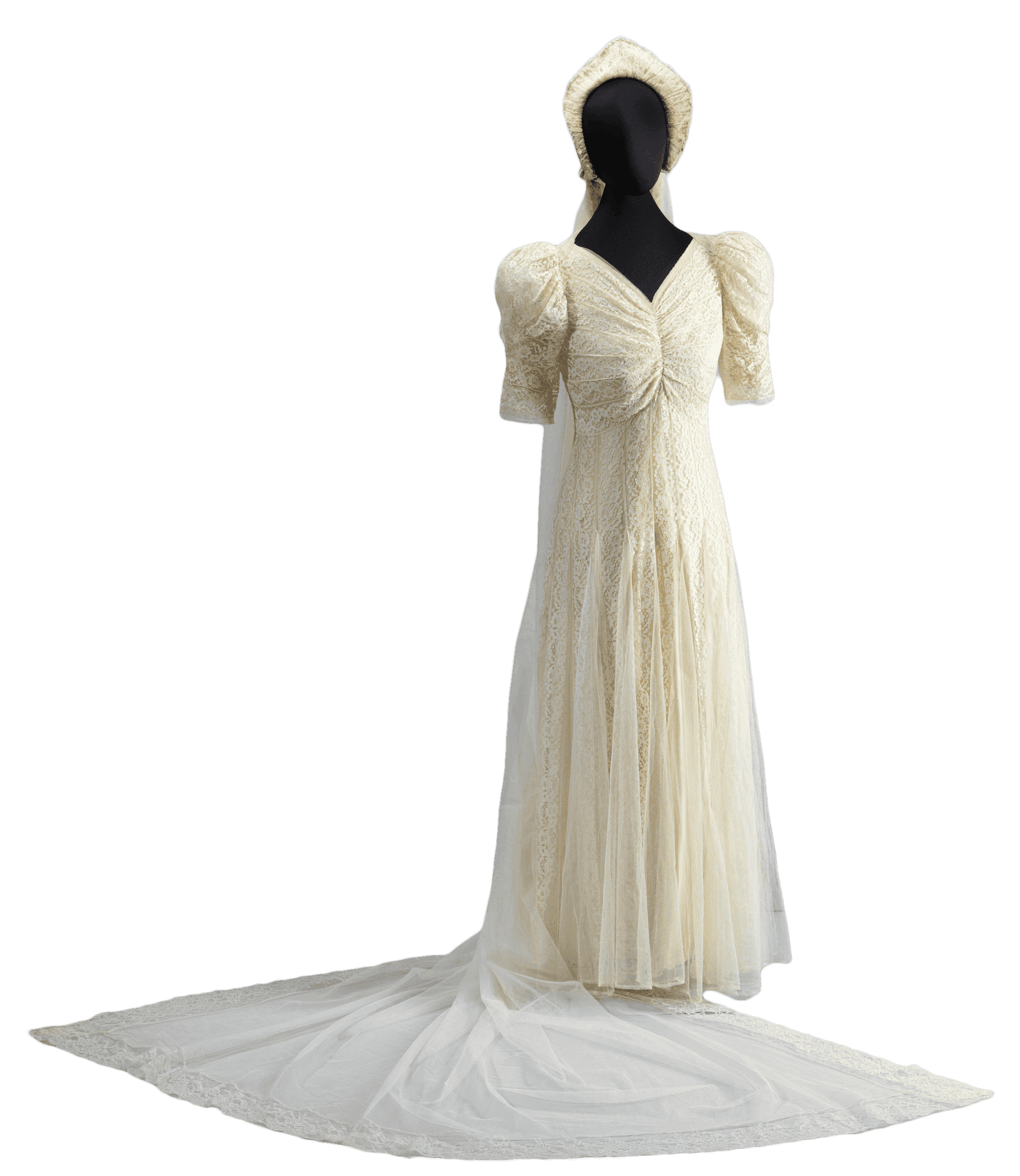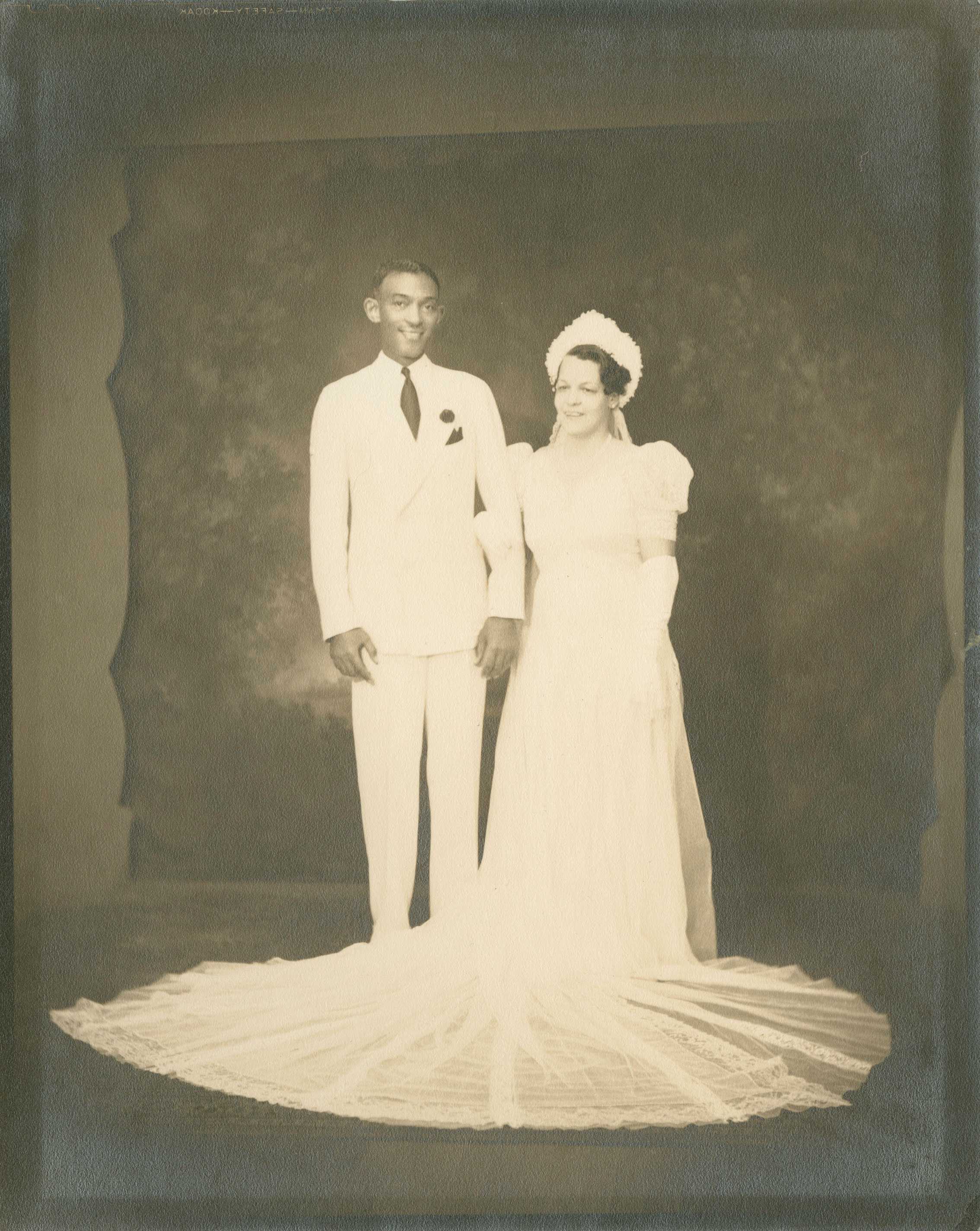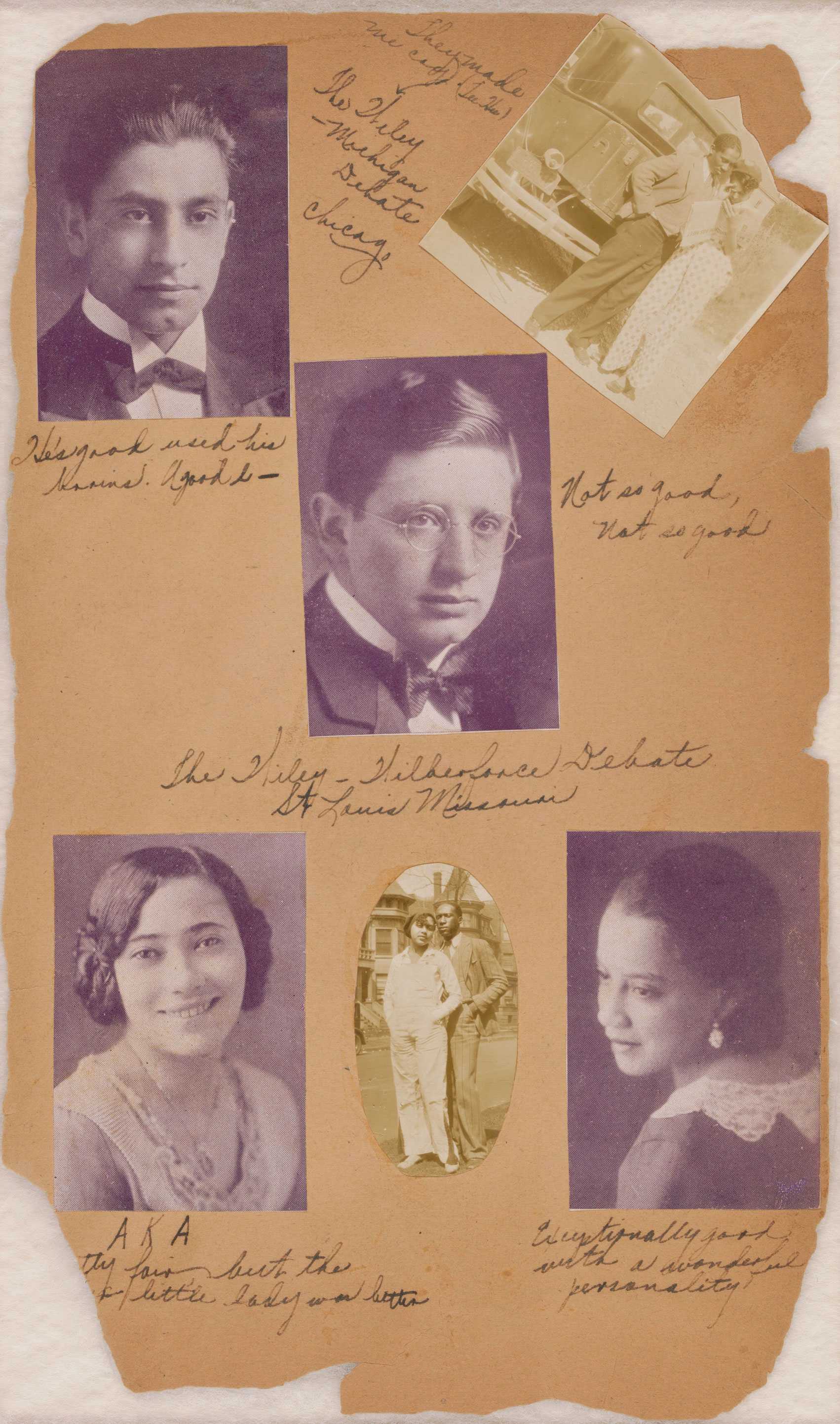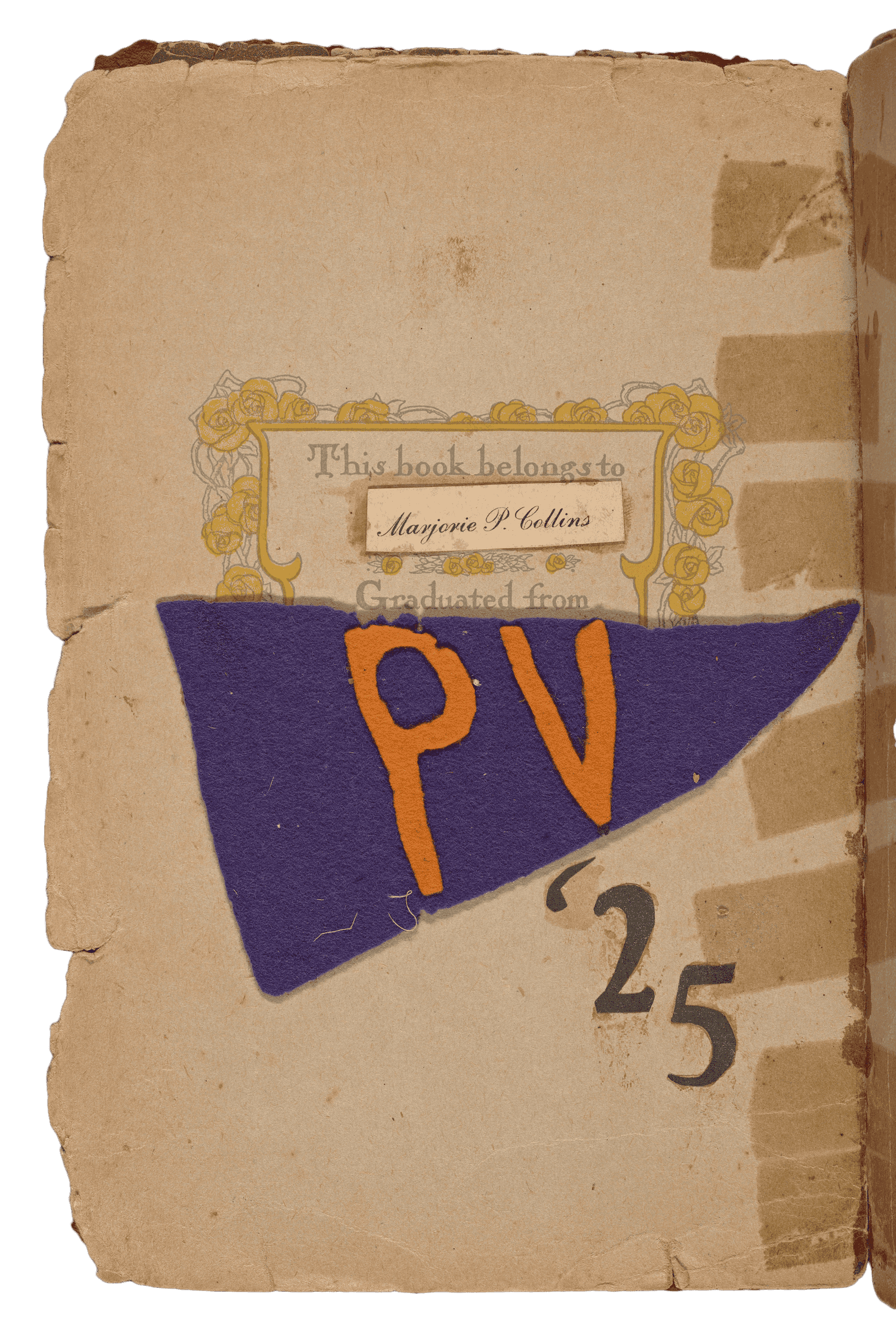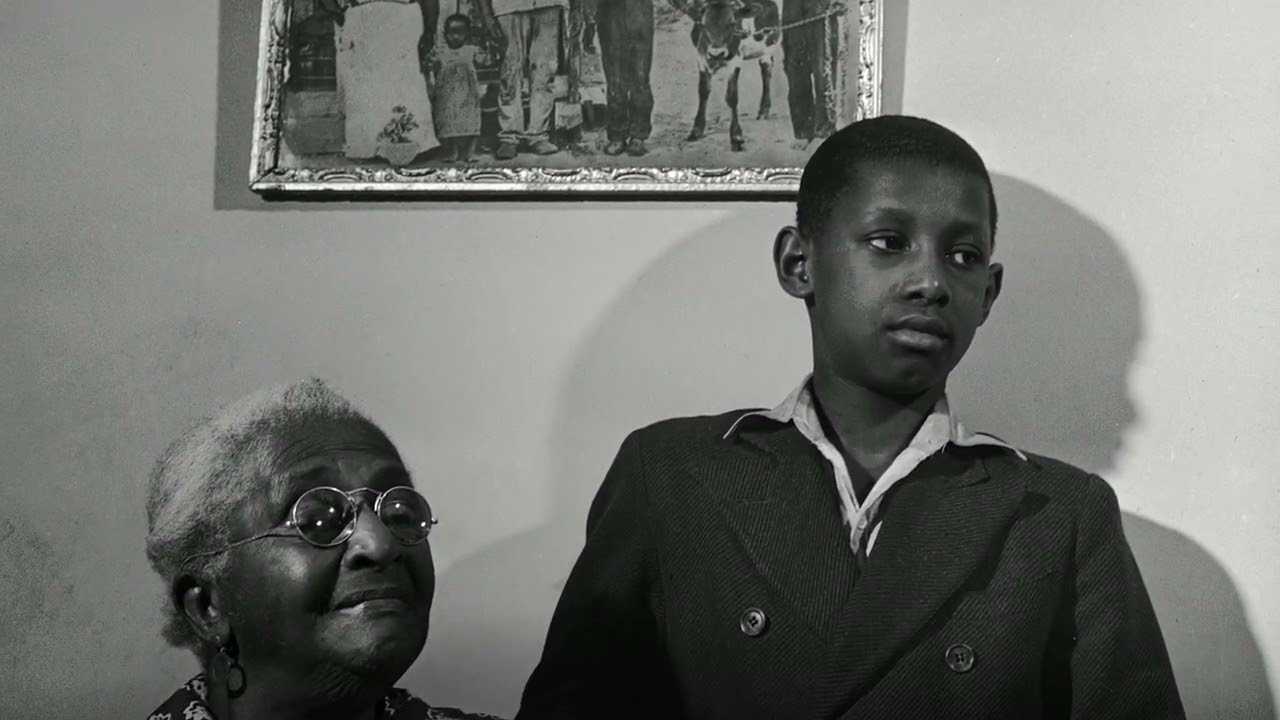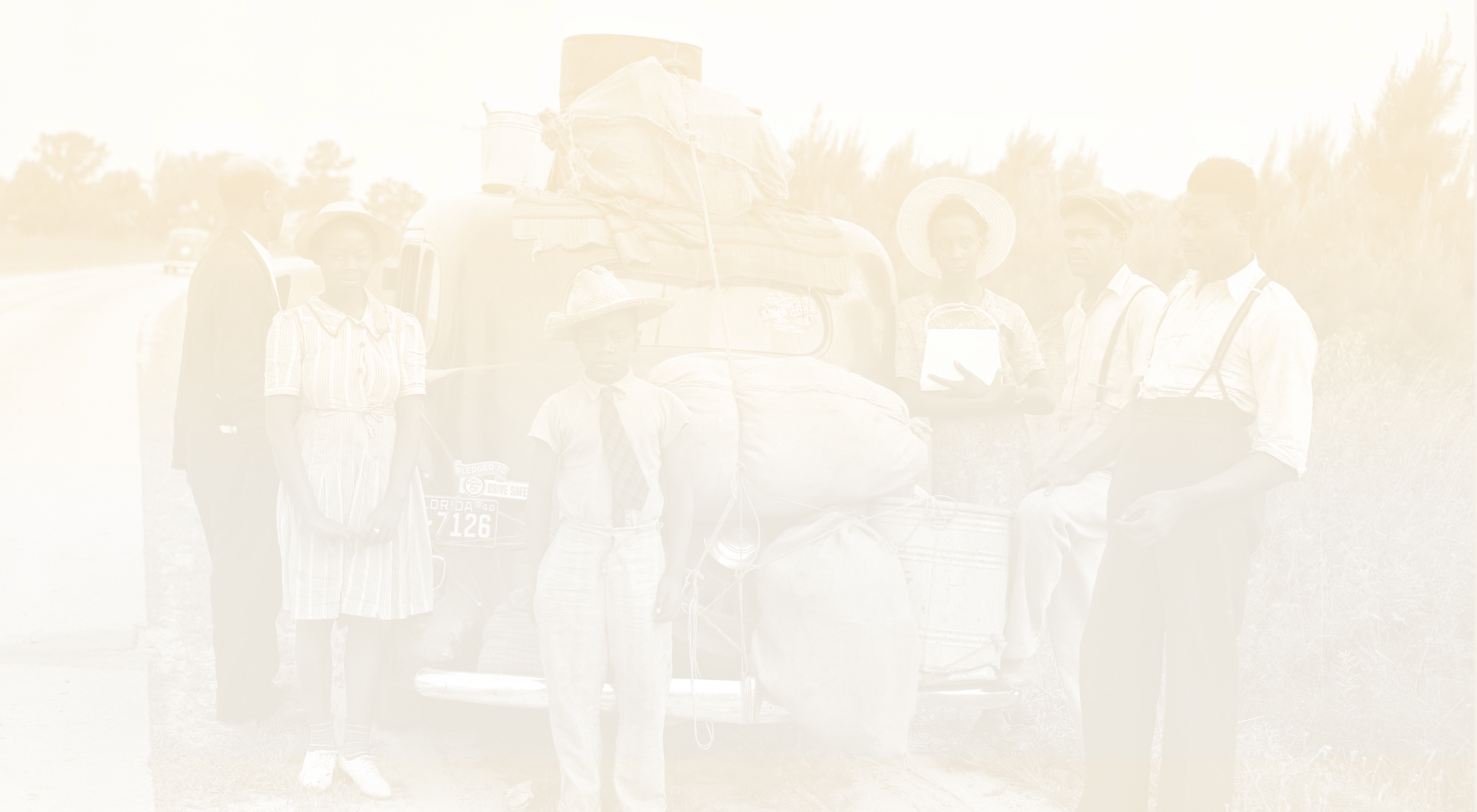
Chapter 5
The Great Migration
Between 1910 and 1970 approximately six million African Americans moved from the South to northern, midwestern and western states. One of the largest and fastest mass migrations in the nation’s history, it became known as the Great Migration. Drawn by new jobs in war industries, the first wave of more than 1.5 million African Americans moved during and after World War I; the second wave occurred during and after World War II. By 1970 most African Americans lived in urban locations and only a slight majority—53 percent—lived in the South.
From Field to Factory
African Americans had limited work opportunities in the rural South. Most Black farmers did not own the land they worked and struggled to get by. Jim Crow laws and the ever-present threat of violence were part of daily life.
As African Americans learned of northern job openings, they left the South to take advantage of these new opportunities. Discrimination in housing often led to overcrowded living conditions, but most found northern life an improvement. In addition to better pay and educational opportunities, African Americans also enjoyed greater personal freedom and faced less physical mistreatment than they experienced in the South.
Tenant farm family in Alabama, 1936
Northern factory workers, ca. 1914

I don't have to work hard. dont have to mister every little white boy comes along I havent heard a white man call a colored a nigger you no now—since I been in the state of Pa.
Migrant letter from Philadelphia, 1917
Featured Video
The Great Migration Changes the Nation
The Great Migration dramatically changed the way the nation saw issues of race. Most northern and western cities saw historic increases in African American residents, and Black communities gained a larger voice in national affairs. The Great Migration shaped American art, literature, music, and urban life, and added momentum to African American demands for equal treatment.

Migration Patterns
In 1900, 90 percent of African Americans lived in the South. During World War I, defense industry jobs encouraged northward movement, sparking the Great Migration.
As more people migrated out of the South, African American populations in northern cities like New York, Philadelphia, Chicago, and Detroit increased greatly. The trend continued during World War II, but the focus of African American migration shifted westward towards Los Angeles, Seattle, and Portland. Between 1916 and 1970 roughly six million African Americans relocated from the South. In addition, changing U.S. immigration policies in the 1960s led to increased immigration from the Caribbean and Africa.
In Search of a Better Life
African Americans migrating from the South sought better jobs, more educational opportunities, improved living conditions, and fair treatment.
| The South | The North | |
|---|---|---|
Many job options were limited to sharecropping or farm labor. | Many people found better job opportunities in factory and industrial work. | |
Students rarely had the opportunity to get an education beyond the sixth grade. | Attending high school was the norm, and there were opportunities to attend colleges like Oberlin, Cornell, and Rutgers. | |
Churches were important meeting places where people could spiritually recharge, see friends, and exchange information. | Churches were important meeting places where people could spiritually recharge, see friends, and exchange information. | |
Sharecropping families lived in small homes, often without indoor plumbing. Some lived in former slave cabins. | Housing discrimination made urban living conditions overcrowded. |

Dr. my old friend how are you today I am well and is doing fine plenty to eat and drink and is making good money.
Migrant letter from Cleveland, Ohio
Coming to the United States
Puerto Rican League of Brooklyn outing on Long Island
Caribbean immigrants at Ellis Island
Caribbean immigration to the United States increased after the Civil War and continued to grow during the early 1900s. Afro-Caribbean communities formed and thrived in places such as southern Florida, New York City, and Massachusetts. Many newcomers became leading names in politics, business, professions, and the arts. Some prominent Caribbean immigrants from this era include:
Pan-Africanist leader Marcus Garvey (Jamaica)
Writer Claude McKay (Jamaica)
Historian Arturo Alfonso Schomburg (Puerto Rico)
Comedian Bert Williams (Bahamas)
From the 1920s through the mid-1960s, restrictive immigration laws made it harder for Afro-Caribbean people to immigrate to the United States. Most were only allowed to enter as temporary migrant workers to fill labor needs in U.S. agriculture and industry.
Featured Constellation
Lollaretta Pemberton’s Wedding Dress
Lollaretta Pemberton wore this wedding dress when she married Grover Allen in 1939. Learn about the couple and their family and explore the Black community in Marshall, Texas.
